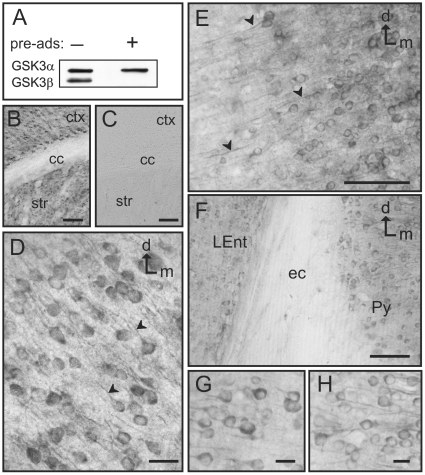Figure 1. GSK3β specificity and distribution in the cortex.
A) Immunoblot of mouse brain lysates showing the specificity of the antibody used. The left column shows the presence of 2 bands, an upper band (GSK3α) and a lower band (GSK3β), when there is no blocking peptide present (−). However, in the presence of the GSK3β blocking peptide (+), the lower GSK3β band is specifically blocked while the upper GSK3α band is still present. B–C) Immunohistochemistry specificity: GSK3β immunostaining (B) displays robust labeling in the cortex (ctx) and striatum (str), while there is no staining in the corpus callosum (cc). Addition of the blocking peptide (C) produces complete abolition of the staining in these same regions. D) GSK3β immunolabeling in the primary somatosensory cortex. Neuronal cytoplasm and the initial segment of the apical dendrites is strongly immunolabeled (arrowheads). E) GSK3β labeled neurons in the piriform cortex also show clearly stained processes running laterally (arrowheads). F) Image showing GSK3β-labeled neurons in the lateral entorhinal cortex (LEnt) and the pyramidal cell layer of the hippocampus (Py) separated by the unlabeled external capsule (ec). G–H) Detail of labeled neurons in the lateral entorhinal cortex (G) and pyramidal cell layer of the hippocampus (H). [d: dorsal; m: medial; Scale bars: 100 µm in B–C; 25 µm in E–F; 5 µm in D and G–H]

